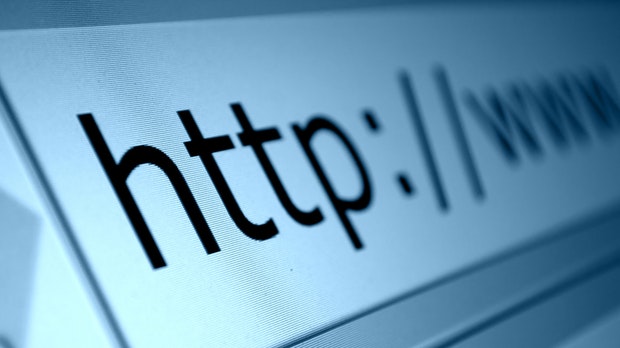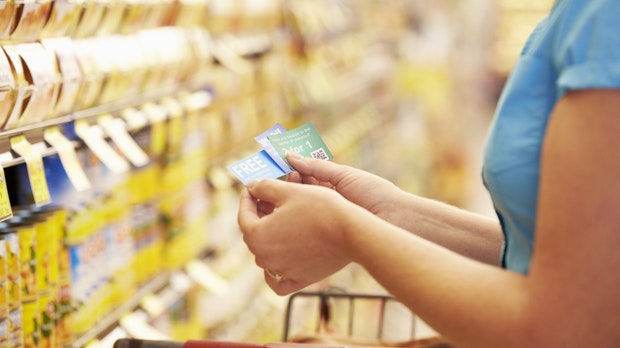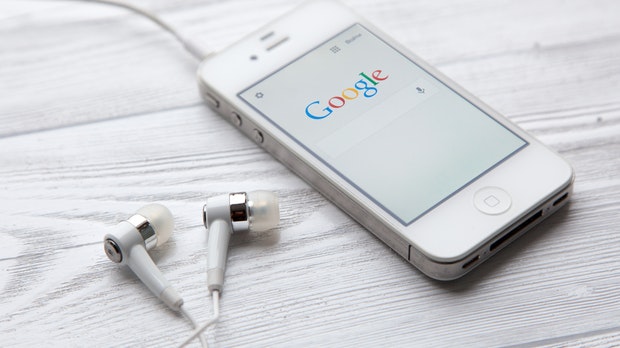What does the future of online marketing look like? Which trends will accompany us in 2020? It is already clear that some old friends will be picking up speed.
Are there any real trends for online marketing or will everything stay the same as before? We believe that in the coming year, some of the trends that have already emerged in recent years will finally change from hype to practice-relevant topic – and we asked some industry representatives where they see the innovations for next year that are already emerging start today. These five trends will become important in 2020:
The programmatic advertising business is reaching new heights, but is growing more slowly
One of those subjects that is more evolution than revolution is the programmatic advertising business. 65 percent of the expenditure for online advertising worldwide now goes to programmatically controlled advertising formats. The Zenith advertising network is forecasting an increase to 69 percent in 2020 and 72 percent in 2021 – with the US market in particular, but also individual emerging markets, attracting attention with correspondingly high spending. However, the figures also show that it is becoming increasingly difficult for networks to continue to offer the growth rates of recent years. This is due, among other things, to the stricter privacy and GDPR guidelines, which not only play a role in Europe, but increasingly also in the USA.
At the same time, the further shift in advertising budgets towards online- specific forms of advertising – Group M is forecasting a further increase of around 5 percent in online marketing for Germany in 2020 – ensures that performance and measurability are increasingly in the foreground. In other words: what can be measured will be measured more and more precisely in the future, at least by the agencies whose customers require it.
Programmatic advertising is becoming (data-driven) more creative
While the automated advertising business has been one thing above all in recent years, namely predictable, creativity will also play an increasingly important role in the future. Because what the agencies (and even more so the customers!) Often lacked was the creative aspect they used to have. But programmatic advertising is also becoming increasingly creative. And this not only applies in the context of the (more original) communication content, but is also supported by the basic data-driven mechanics of campaigns. Thomas Promny, initiator of D3con , is observing what the organizers say is the largest German specialist conference on the future digital advertising, that the approaches and concepts of campaigns are playing ever more cleverly with the existing technical possibilities: “Technology and setups of programmatic systems enable significantly more – and that is by no means exhausted. The increasing weight of advertisers in the programmatic ecosystem and their growing expertise in programmatic will challenge the agencies’ creativity – and that’s a good thing to finally unleash the full power of programmatic. “
In the USA we have been seeing such types of campaigns and customer dialogue systems for a long time – for example, when a burger chain offers you their burger for an unbeatable price exactly when you want to enter the branch of the direct competitor. Even if the German advertising industry will not act so cheeky and self-confident here, the location-based services offer nice features that are more than just a gimmick for technology-loving advertisers.
And something else is changing: Whereas in the past variables such as “weather” or “time” were the greatest emotions when playing out individualized advertising, we are already seeing campaigns (especially abroad) that work multivariately, i.e. based on location and time Combine variables with weather, situation or certain major events or even implement traffic data. All this data is there, so agencies should use it too. And the more young, tech-savvy decision-makers in the agencies take over the business, the more likely they will do that.
The silo thinking in marketing could now finally be broken open
Numerous tools and services have been competing in parallel in marketing for years. Even if more and more marketing suites, from Adobe to Salesforce, try to cover the different channels (mostly in the context of a marketing cloud), many companies have developed legacy IT in marketing over the years that is difficult to break. The year 2020 could finally bring the breakthrough, because a paradigm shift is now being recognized by younger and online and mobile-centric thinking executives.
The channel through which a certain contact is established is actually irrelevant if the company succeeds in correctly assigning the information to the customer and mapping this accordingly. And more and more companies understand that they can benefit from real-time data and that automated advertising that can be calculated across channels can save the company money. Something else is changing: The cloud is becoming increasingly important because it enables easily scalable solutions that are still accepted in more and more industries, like the established data center.
The fight for the new standards: alternatives to cookie-based advertising
We have been talking about the end of the cookie world for years – originally due to the feared new EU legislation, also known as the e-privacy regulation, which has long hung like a sword of Damocles over the advertising industry and the advertising industry, now mainly but more because of the technical measures taken by the browser manufacturer (namely Firefox and, for a long time, Safari). Because both have severely restricted the use of cookies for the recognition and assignment of users. This applies to both the addressing of users and the assignment of the conversion to a campaign. Although users could adapt the settings for their part in the interests of the advertising industry, experience shows that very few do so.
But what is the alternative to that? It is clear that advertising has to leave its dependency on cookies behind, especially with regard to 3rd party cookies. “Consent-based and therefore legally secure alternative user identifiers (IDs) are already available,” explains Dino Bongartz, CEO of the data management service provider The Adex , and lists: “Tools such as the cookie-free user graph, the same device graph, the cross- Device bridge or the household graph enable successful user identity management even in a multi-ID world. “
However, it will be just as complicated as these alternative concepts to create a communication standard for this proliferation of IDs that enables the data to be used across the board for playing out all formats across all channels and inventories. This interoperability between the systems will probably be the most important challenge as soon as any standards have established themselves.
Social media advertising is becoming more and more diverse
In the past, when it came to social media advertising, it was said: do Facebook, that is sufficient for most requirements, because only the Zuckerberg network allows sufficient data depth and number of cases for individualization in German-speaking countries.
The world is now a little different and, above all, many younger target groups can no longer be found on Facebook. These, in turn, can now be reached – remarkably successfully – via networks such as the short video app Tiktok or the gaming platform Twitch. For example, brands that are not really considered to be youth brands ( Otto and Punica at Tiktok and BMW at Twitch ) can achieve astonishing reach and performance values in their campaigns.
The agency Webguerillas / Territory again tried this for BMW with a campaign for the 2 Series Coupé on Twitch – in an environment that is neither suitable for Facebook nor Instagram: the young, male, technology-loving target group that is difficult to address via classic channels such as Instagram . In principle, the platform is well suited for marketing because users often spend hours there and, above all, interact a lot with others. However, this is not a license for dull marketing campaigns! Marlies Bayha, Executive Creative Director at Territory Webguerillas, who supervised and was responsible for the project, advises caution: “Half-hearted brand communication that is not appropriate for the target group is doomed to a shit storm here. Irrelevant brand messages are not only ignored,
The bottom line is that Facebook in 2020 will be the standard answer for social media campaigns less and less; instead, target group-specific solutions will become more and more important: LinkedIn and possibly Xing for HR and employer branding campaigns, Tiktok for the very young target groups, Twitch for young, especially male tech enthusiasts. But Instagram is also important, especially in B2C marketing. Impressive growth rates are still possible here if the customer knows how to use the network well.
A special situation will arise for Tiktok in 2020: The supposedly so ignorant network of Chinese origin (behind it is the Chinese company Bytedance) will only remain the darling of marketers and the advertising industry if the mood of the young fans (and their parents) does not change . But that is precisely what is to be feared if the company continues to blunder in the direction of discrimination and censorship .
This should also change the business of influencers: in 2020, agencies are asking for numbers even more than before, but they are also asking whether the numbers match the goals of their campaign. One thing is clear: the influencer industry has become more professional in a positive sense in 2019 and will continue to do so.










